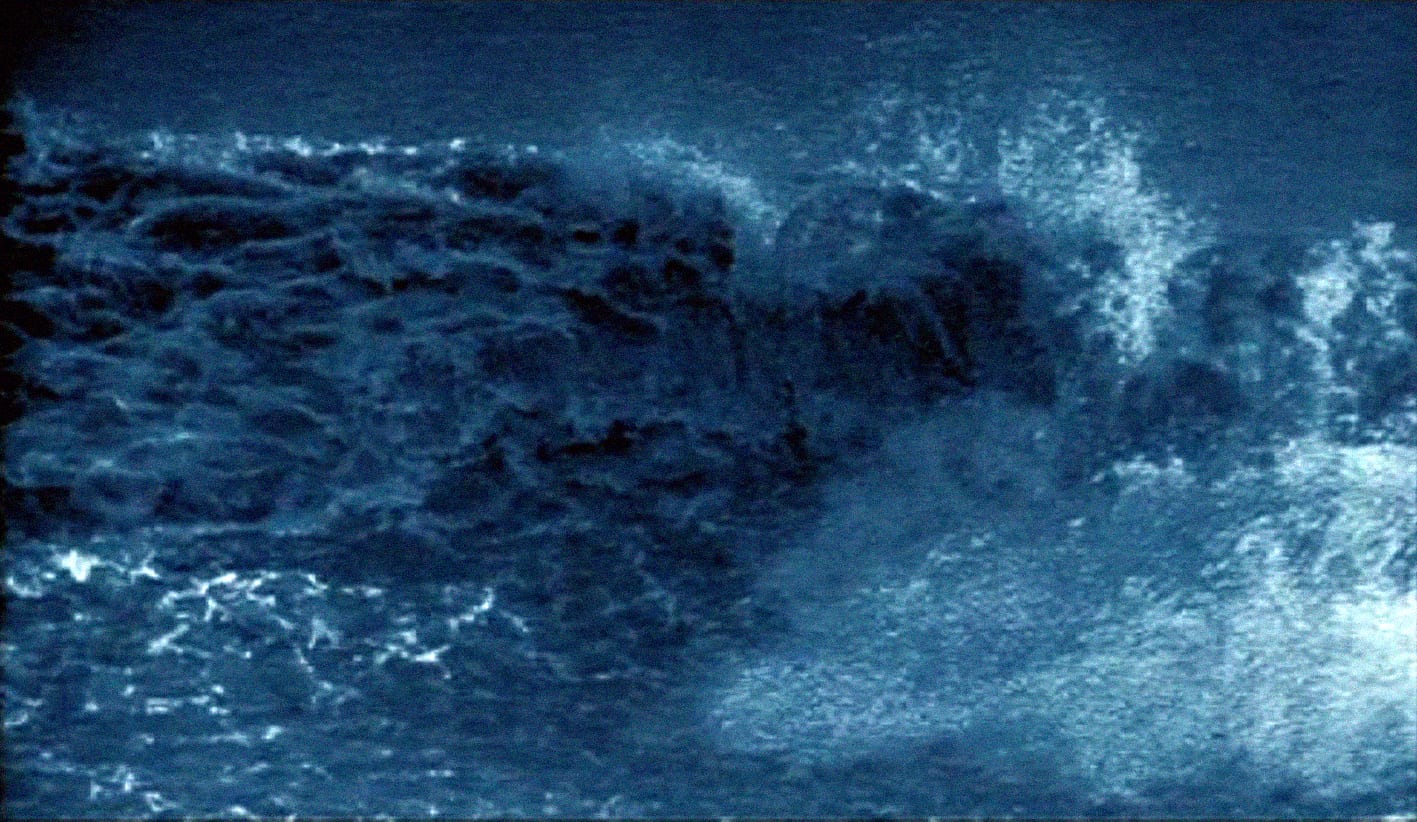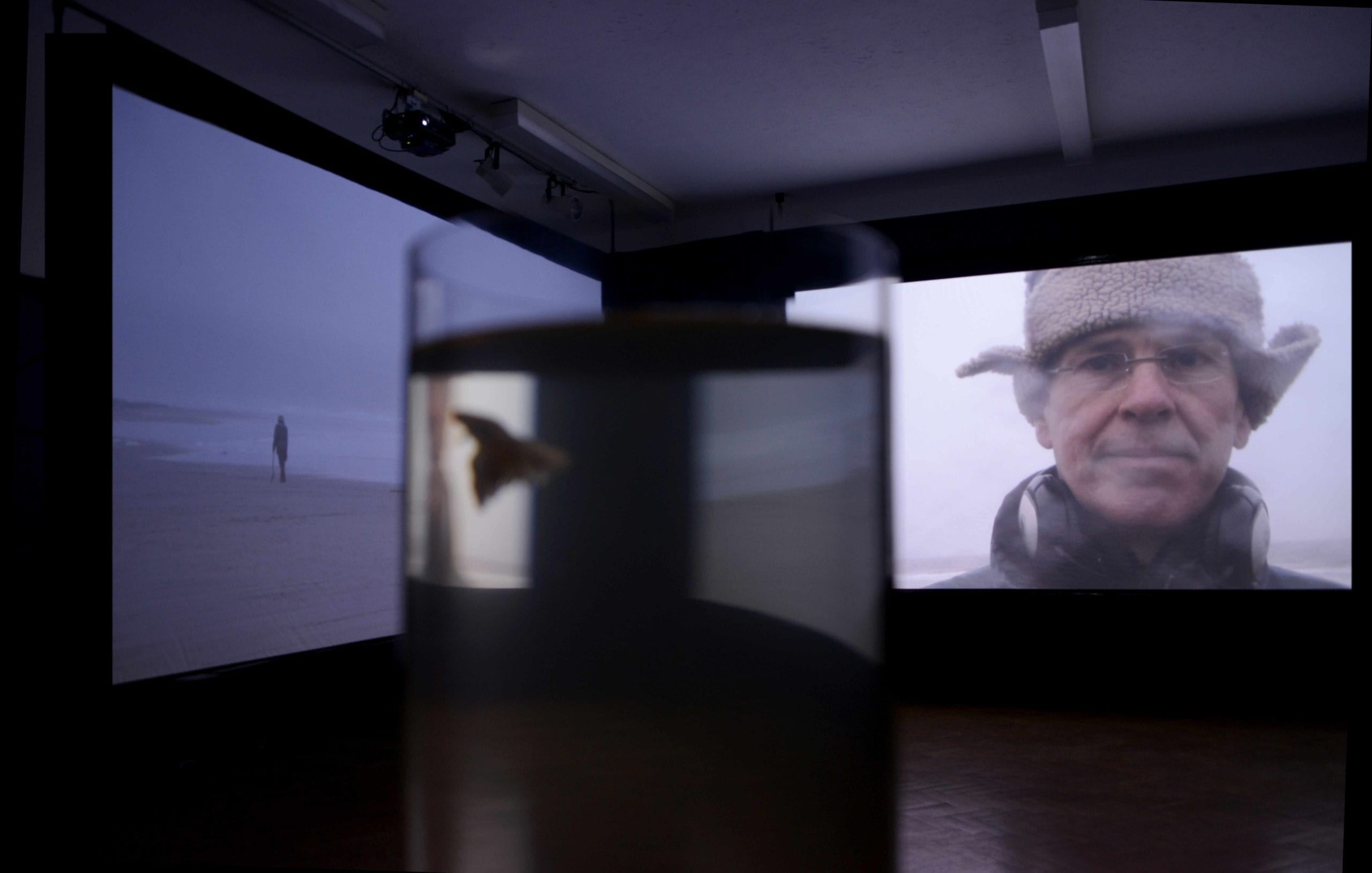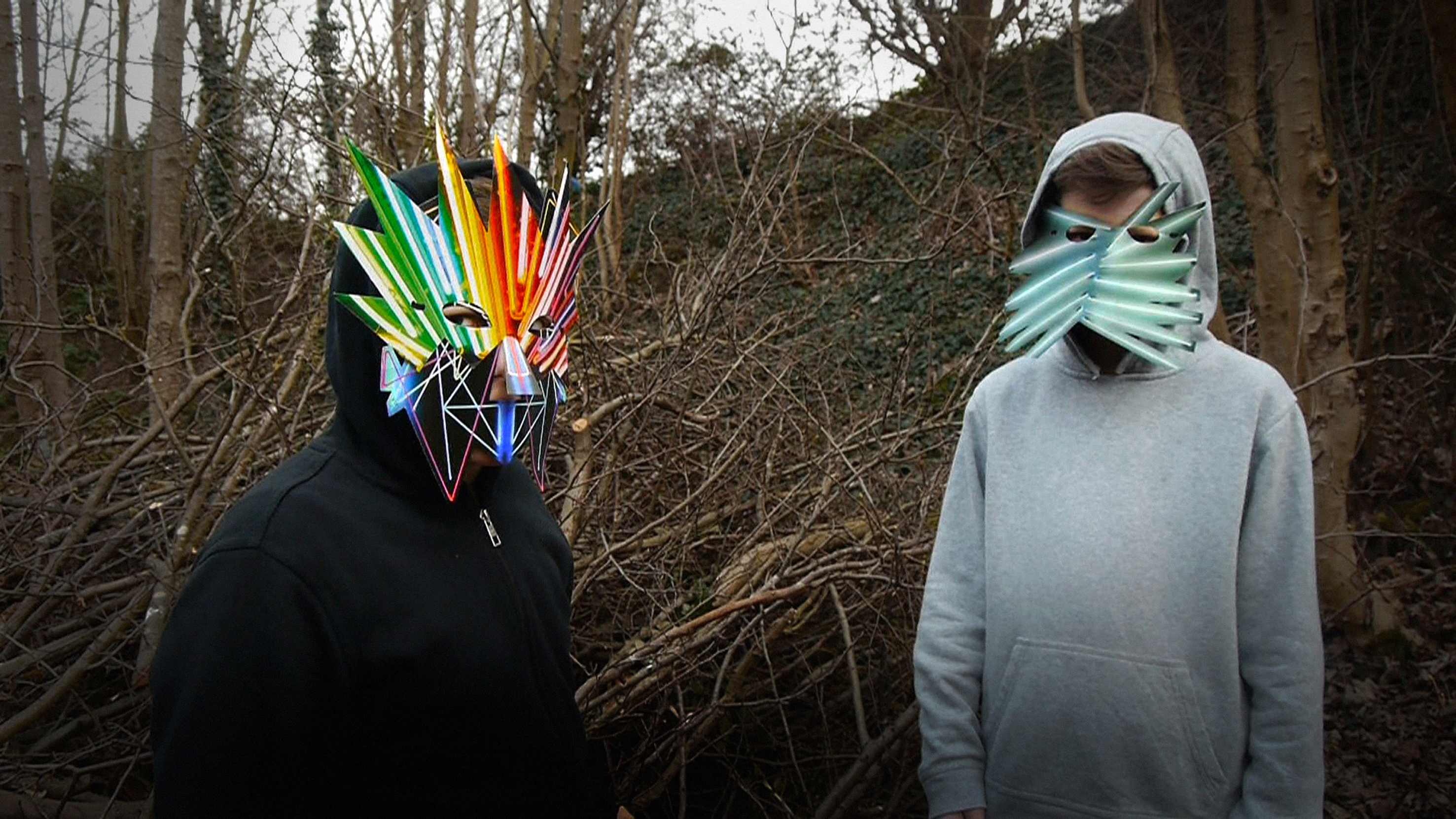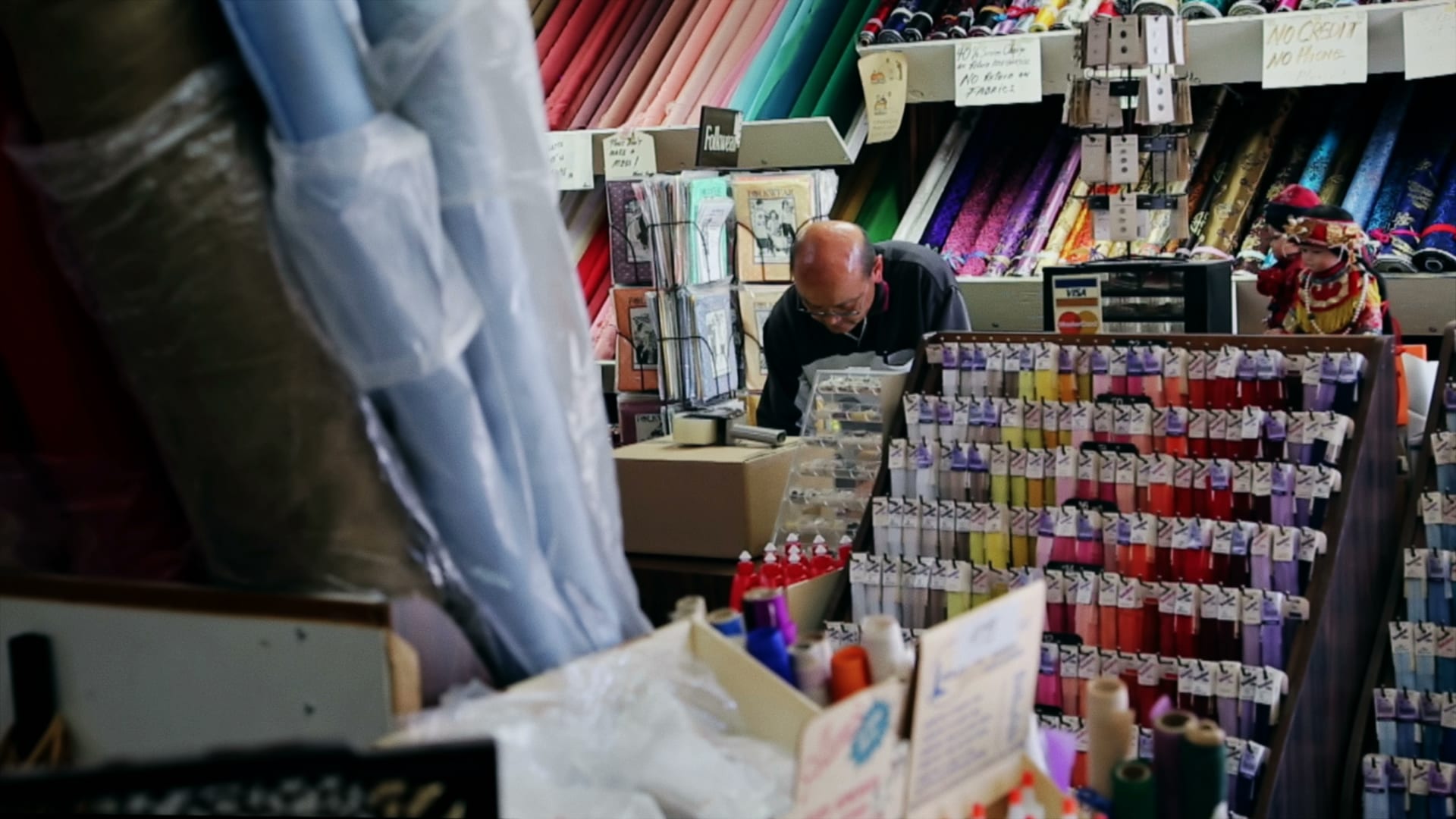Since its inauguration in 2002, Whitstable Biennale has grown from a local treat to one of the region’s most celebrated contemporary arts shows; providing a platform for practitioners such as Jo Addison, Jananne Al-Ani and Clio Barnard. Under the stewardship of festival director, Sue Jones, 2016’s edition has seen exciting new commissions from Sarah Wood, Mikhail Karikis and Webb-Ellis, among others.
Whitstable is every bit the picture postcard Kentish town you might suspect. Its charming high street is lined with higgledy-piggledy shop facades flogging fishing tackle, ice creams, fish ’n’ chips and the rest. When the sun shines, the town is practically over-run with visitors to its compact harbour, brightly coloured beach huts and reassuringly British shingle beach.

One piece that certainly matches this brief is Sarah Wood’s Boat People film installation, situated in a beach hut on the harbour. Wood’s work combines found footage and images with Humphrey Jennings-esque poetic narration voiced by the artist herself. Says Wood: ‘I was interested in the fantasy that we construct in cinema, and the arguments that are possible to be made […] So in this instance I was using photography as a kind of fantasy space to see what people had imagined in the past and what is possible to see for the future. [sic]’

Maritime politics are certainly relevant when talking about the county closest to the European mainland, and which has borne the brunt of the recent refugee crisis. It’s a subject which has informed the festival’s theme, The Faraway Nearby, taken from Rebecca Solnit’s book of the same name. Says Sue Jones: ‘Without being heavy handed, this also relates to where we are in Whitstable – on the coast in Kent […] Local authorities are under real pressure with the number of people arriving here and [in particular] the number of children. We wanted to reflect upon that in the programme.’

Says Caitlin Webb: ‘We’re interested in the way that different types of footage can weave together to create something that just holds together, but leaves gaps. We’re interested in those gaps and how the viewer puts their own experience in to understand the story.’
The cogency with the festival’s theme appears to be a happy coincidence: ‘We were working with these ideas and when we had the conversation with Sue and Gareth (Evans, the festival’s film curator) I think that was when they realised that there was the connection with the faraway nearby.’
‘It’s relevant with the idea of intimacy and connection and distance and loneliness; those ideas that are woven throughout the work.’ Andrew Ellis continues, ‘Some personal experience of my father’s depression, and his loneliness, […] going to his place and seeing his world now, and discovering the ASMR videos.’
Despite this emotional context Parlor Walls retains a quiet optimism, and provides a detailed and experimental inquiry into the real, desire, memory and touch. Definitely worth a look.
Possibly the most compositionally accomplished installation comes in Always (crashing), a 14-minute film completed by Simon Barker and Jason Wood. Here a Saab 900 makes a meandering journey through the spaces of a multi storey car park, occasionally pausing. The car is on a strange, endless voyage; the driver and destination unknown. It isn’t clear if the car park is abandoned, underused, or standing-in for something else, unspecified. The film itself is focused, subliminal, and thematically evasive, with the accompanying soundscape providing a mesmeric bricolage to the noirish camerawork.
Always (crashing) is on at the Horsebridge Arts Centre alongside several other films, Xiaowen Zhu’s Oriental Silk providing one of the most watchable other examples. This documentary explores the worldview of the owner of the first silk importing company in Los Angeles. Kenneth Wong tells his story; how his parents – first-generation Chinese immigrants – realised the American dream through the store, and how the once-legendary location’s fortunes rose in connection with the Hollywood entertainment industry, then fell with the proliferation of cheaper silk in the new global economy.

Finally, we have Mikhail Karikis’ Ain’t Got No Fear, which saw the Greek-born artist work for almost a year with teenage boys from the Isle of Grain – a stark and sparsely populated Kentish marshland dominated by industry, military ruins and rare wetland birds.
Centred around the boys’ performance of a collaboratively composed rap song, the film presents the harsh mechanised hinterland as defined by a spirit of childhood adventure; conjuring up secret hideaways, and creating a spatial synthesis determined by the logic of play and friendship.
Says Karikis ‘The themes [of my films] are usually focusing on what are the energies and dynamics of cohesion, community identity or professional identity […] the energies that make people come together’ Thus the human geography of Grain comes to define the aesthetic of the film.
‘You have to go through an industrial zone to reach this small village on the tip of the land, and it’s bypassed by networks […] there’s no train line, mobile telephony, there’s hardly any internet. It’s very near yet it’s very remote.’
Whitstable 2016 Biennial is running in the town of Whitstable, Kent from 3rd to the 12th June. For full programme of events visit here.
